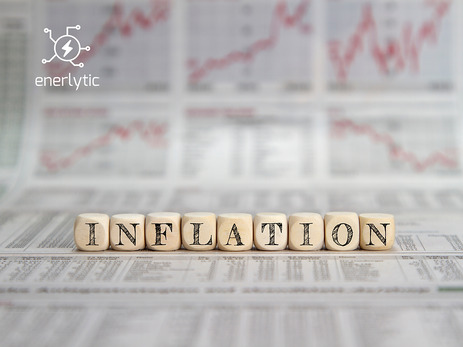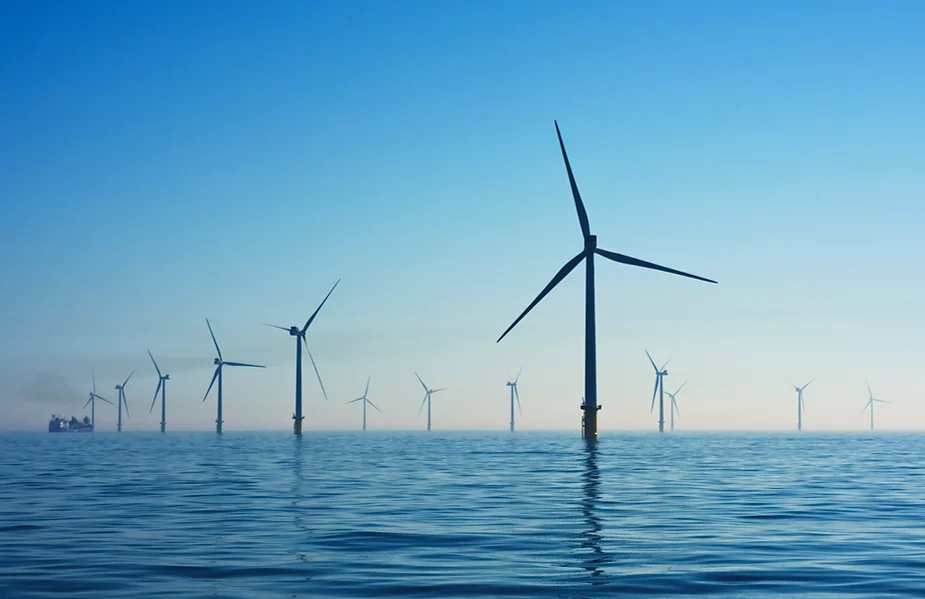Hannah Drake of Enerlytic explains why the energy market has increased so significantly; and how we can minimise the impact.
April 2020 seems a long time ago now, perhaps because world events have continued to hurtle along at an ever increasing pace, with far reaching impacts on all of us.
But two and a half years ago seems like yesterday in some ways, because it was the time of the first lockdown as the COVID pandemic swept across the globe. That first shutdown has an immediate impact on the energy market, causing a reduction in demand and a consequent drop in energy prices to their lowest ever levels.
Prices have been steadily increasing ever since, and an increase in post-pandemic demand is a big driver behind the price hikes. The greater need for energy since the crash of March and April last year has seen gas prices increase more than ten-fold and return to pre-pandemic levels.
For the wholesale electricity market, there has been a reduction in available power supplies compared to last year which, combined with higher gas prices, has led to an increase in the wholesale price of electricity.
We have seen increases of around 400-600 per cent in some cases.
The government has recently announced support for businesses, which includes a discount on wholesale gas and electricity prices. For all non-domestic energy users in Great Britain the price has been set at £211/MWh for electricity and £75/MWh for gas. It will apply to energy usage from 1st October 2022 to 31 March 2023, running for an initial six-month period for all business users that signed a contract on or after 1st April 2022. The savings will be first seen in October bills, which are typically received in November.
It is worth noting here that businesses on a variable, deemed and all other contracts, the discount will reflect the difference between the government supported price and relevant wholesale price, but be subject to a ‘maximum discount’ (£345/MWh for electricity and £91/MWh for gas).
But this intervention doesn’t tackle the whole problem.
The wholesale price covers what we call ‘the commodity’. This is now only a small percentage of your overall bill. The bigger chunk is made up of ‘non-commodity costs’ which are the cost of transmission and distribution across the network, as well as a variety of government levy and taxes. Back in 2011, non-commodity costs accounted for around 38 per cent of energy prices and this has now risen to around 70 per cent. As of yet, there is no mention from the government about any further support for these prices, which means that while there is some support available for businesses, they will still face a significant increase on their energy bills.
The big takeaway from the government during the announcement was how businesses need to focus on energy efficiency and renewables. We’re still waiting to hear if there will be any support from the government in this area; but it is very clear that if businesses can look at energy efficiency measures, they can reduce costs as well as reducing their carbon footprint.
Before looking at any energy efficiency measure, it is so important for you to have access to your energy data and then, when you understand it implicitly, you can take those steps to reduce your consumption.
Data is vital to understanding how much energy your business uses, when and where and, if you have the numbers to hand, you can start to reduce costs and increase your profit. Every business is unique and uses energy in different ways, and each will have its own opportunity to shop around and reduce costs; but only when the data is understood.
The drive towards renewable technologies is also essential at this unprecedented time. Not only would renewables reduce your energy bill and increase long-term profits, it will also increase predictability. Since your business operations are no longer subject to fluctuating oil and gas prices, you can better forecast your expenses.
It’s time for the government and the corporate world to face the energy price hikes and take considered and effective action.
What we do at Enerlytic
Spurred on by our passion for creating a greener world we have developed the Enerlytic informative energy platforms. Our goal is simple; to give power back to our clients and give them a clear overview of their energy usage and to help them with carbon reduction strategies. We work with several partners who can support businesses and help them reduce cost and their carbon footprint. If you want to find out more, get in touch today by emailing [email protected]






